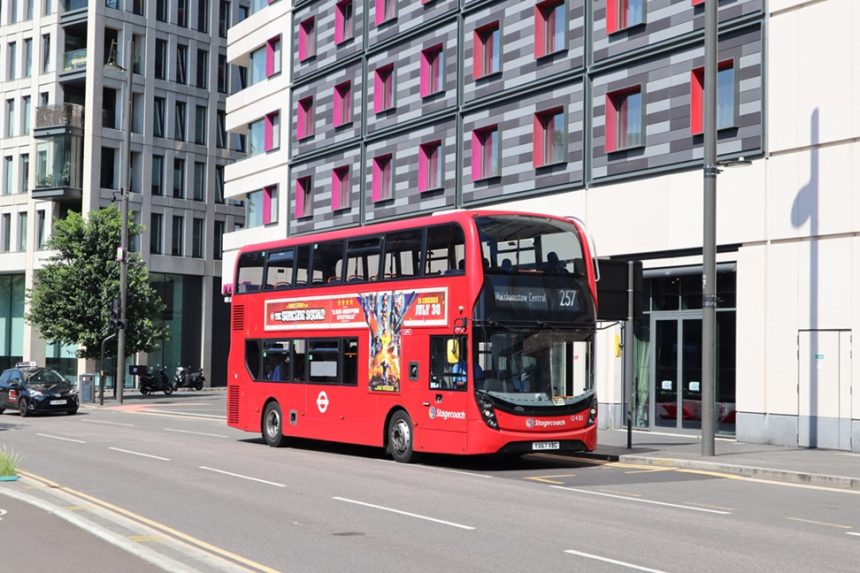Lack of evidence of an alleged impact saw a claim against East London Bus and Coach Company Ltd, trading as Stagecoach London, dismissed by a London County Court after the judge found insufficient evidence to support the claimant’s version of events.
Legal specialist Backhouse Jones acted on behalf of the operator and notes how the verdict highlights the importance of objective evidence, such as CCTV footage, in determining liability in road traffic claims.
The claimant alleged that on 27 February 2017, the claimant – then aged 14 – he was hit by a bus while waiting at a stop after school. He stated that he was looking down at his mobile phone when he felt an impact to the right side of his head.
The claimant took a photograph of the bus before boarding to speak to the driver, and later reported the incident to his father, who took the claimant to A&E.
The bus driver denied that the vehicle had struck the claimant. The driver stated that he was aware of a group of schoolchildren waiting at the stop but was confident that he had not encroached onto the pavement or driven too close to the kerb.
Dismissal of the claim occurred on 28 March 2025. In support of the defence, the court was presented with CCTV footage from the bus that captured still images every two seconds from both the front-facing camera and the side door camera; a Google Maps image of the bus stop location to establish the road layout; and technical details about the bus design, including the position of its wing mirrors relative to the pavement.
After carefully analysing the evidence, the court made several crucial findings.
There was no CCTV evidence of the impact, with footage showing a clear gap between the bus and waiting passengers. There was also a lack of detailed evidence, with the claimant unable to specify which part of the bus allegedly hit him.
Implausibility of a single impact was also highlighted. Given that the claimant was standing within a group, the court found it unlikely that only he would have been struck if the bus had encroached onto the pavement.
There were also discrepancies in the road layout. The claimant’s hand-drawn diagram of a sharp bend near the stop conflicted with images from Google Maps that showed only a gradual curve.
With no conclusive evidence linking the bus to the alleged impact, the court ruled that the claimant had not discharged the burden of proof. The case was thus dismissed in full.
In response, Backhouse Jones has highlighted three key takeaways. It notes that CCTV footage can be critical in defending road traffic claims, and that inconsistencies in evidence can weaken a case.
The transport legal firm adds that the burden of proof rests with the claimant to establish liability on the balance of probabilities and points out how this case hence reinforces the importance of robust evidence and objective records in determining liability.



























